The administrative and political structure of Russia is a rather complex management mechanism. It is formed on the basis of the equality of all subjects of federation and at the same time on providing great opportunities for self-government to those entities that have statehood (republics). The political structure of Russia is also very ambiguous. Let's try to figure out what constitutes the administrative and state system in the Russian Federation.
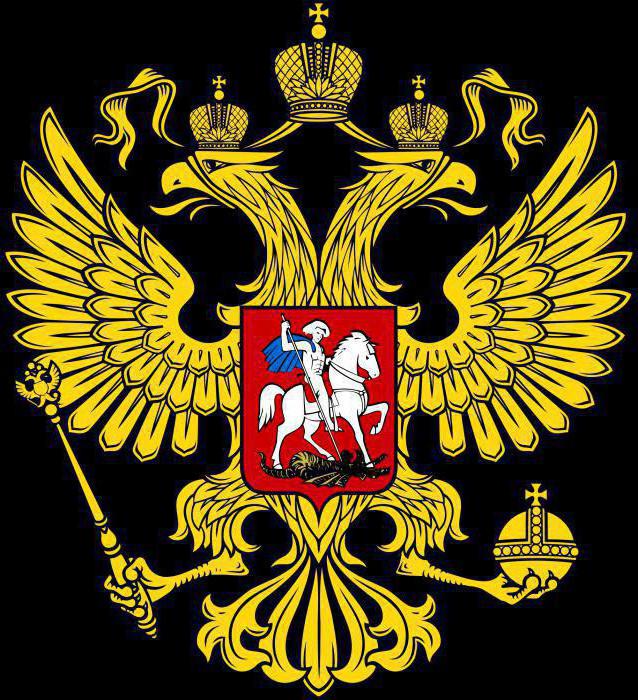
Form of government
First of all, we learn what the structure of the political system of Russia is. According to the Constitution, the Russian Federation takes the form of republican rule. But this is a rather vague concept, since the Republican model has many different subspecies.
To be more precise, the form of Russia's political system is mixed. But this is also not a complete description. Considering that both the president and the State Duma (with the prevalence of the first) have a significant influence on the country's politics, one can characterize the state-political structure of Russia as a mixed presidential-parliamentary republic. This is a rather complex structure, but nonetheless a popular form of government in the world. Naturally, the Russian parliamentary-presidential republic has its own nuances.
Constitutional system
No less important than the political system of Russia is its constitutional system. According to the Constitution, the source of power in the Russian Federation is the people of this state. He delegates certain powers to the authorities.
The socio-political structure of Russia is also determined by the Constitution. According to her articles, the Russian Federation is a social state that guarantees its citizens the conditions for a decent life and the expression of their freedoms.
In the Constitution, Russia is also designated as a secular state in which religion and state power are separated from each other. The equality of all religions and religious associations before the letter of the law is also declared.
The Constitution also guarantees freedom of speech and opinion, the absence of a mandatory state ideology and the presence of pluralism, that is, the functioning of political parties of various ideological orientations.
These provisions of the Constitution are fully consistent with general international human rights and freedoms.
Authorities
The political structure of Russia and the constitutional system play a decisive role in the formation of government bodies. The constitution provides for the separation of powers into three branches: judicial, legislative and executive. Each of them has its own functions and powers. It is believed that effective interaction between branches of government can ensure the prosperity of the state. In addition, a similar subdivision of the branches of government exists in state entities within Russia. These are the subjects of the Federation that have the status of republics.
Legislature
The legislative body of the Russian Federation is the parliament, which is called the Federal Assembly. It includes two chambers - the Federation Council and the State Duma.
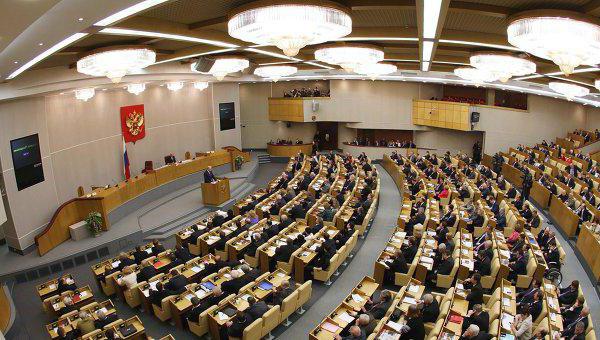
The Federation Council is the upper house of parliament. This body has extensive powers, which are stipulated in article 102 of the Constitution. Among them are the approval of the president’s decree on declaring a state of emergency, the approval of the borders of the subjects of the Federation within Russia, the announcement of presidential elections, etc. But the main function of this structure is to represent the regions in the legislative branch.
The total number of members of the Federation Council, or, as they are also called, senators, is 170 people. They are formed by delegating two representatives from each subject of the Federation: one from the legislative body, and the other from the administrative. In addition, the president also has the right to appoint senators, but not more than 10% of their total number. Representation is taken not on a party basis, but on a territorial basis.
The State Duma is the lower house of parliament. It was she who was entrusted with the main task of adopting the laws of the Russian Federation. Unlike the Federation Council, it is formed on a political basis. This body consists of 450 deputies who are elected by direct voting of citizens according to the mixed principle once every five years. The mixed principle implies the election of one half of the deputies according to the majority system (nomination of a specific deputy in the constituency), and the other half - in a proportional way (according to party lists).
Executive branch
The supreme institution of executive power of the Russian Federation is the government. It is headed by the chairman of the government. This post is identical to the post of prime minister in other countries.
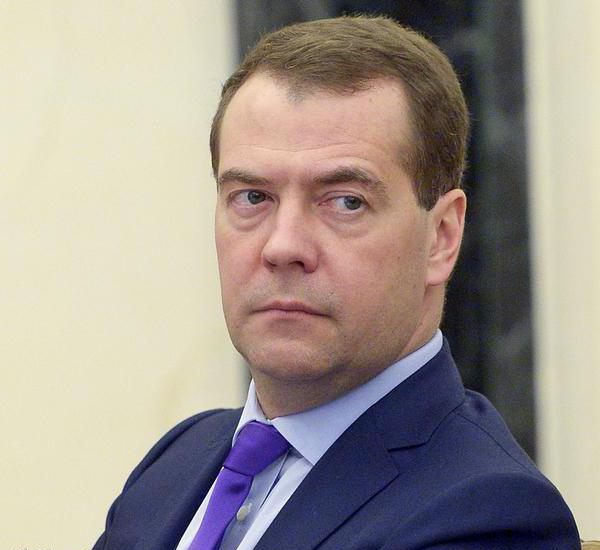
The Prime Minister is proposed and appointed by the President, but after the approval of this candidacy by the State Duma. Prior to approval, the applicant has the status of Acting Chairman of the Government. The remaining members of the government are appointed by the president at the request of the chairman. The Russian government itself is accountable to the president and controlled by the State Duma.
The powers of the government include the exercise of administrative and executive power in the country, the development of the draft budget and other laws and regulations.
Judicial branch
The next branch that makes up the political structure of Russia is the judiciary. Its structure consists of courts of various instances, which are divided into Constitutional court, courts general jurisdiction (criminal, administrative, civil, military), arbitration court, as well as a special disciplinary body for judges. In addition, the Supreme Court of the Russian Federation stands apart.
Judges are appointed by various authorities, depending on the type of court they represent. But at the same time, the judiciary is considered independent of other branches.
The president
In contrast to the structures described above, the post of president of the Russian Federation is not formally considered a branch of government. The President is the guarantor of the Constitution. This aspect denotes the structure of the political system of Russia. In addition, the president is the head of state. Validity presidential powers is 5 years old. This position cannot be occupied by the same person more than two times in a row.
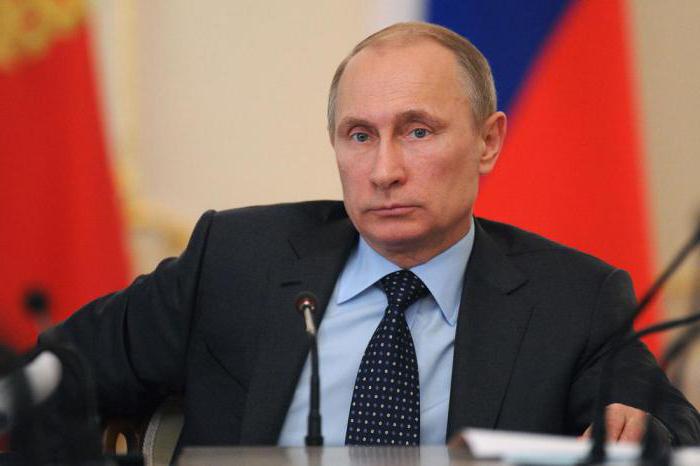
Territorial device
Above, we talked about what political system has modern Russia. Now it is time to study its territorial division.
At the moment, there are several types of territorial division of the Russian Federation. Of these, the most important are:
- Administrative division;
- municipal division;
- economic zoning;
- division into federal districts;
- division into military districts.
We will talk more about each of these types of intrastate entities below.
Administrative division
The administrative and political structure of Russia has several levels. The highest of them is the level of the subjects of the Federation. These education is also called regions. According to the Constitution, Russia has a federal structure, and its subjects are constituent parts of the state that have equal rights.
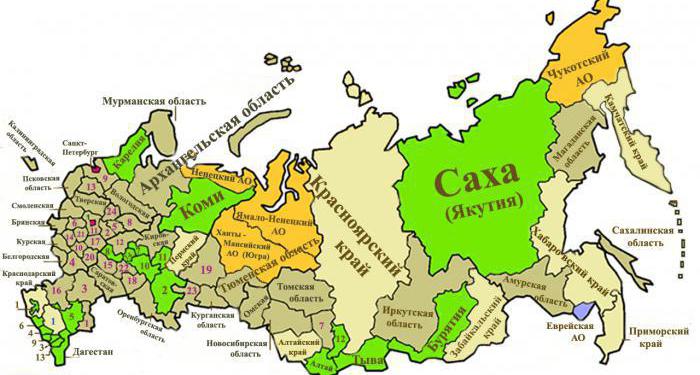
However, the regions of Russia are heterogeneous in nature. Of the 85 constituent entities of the Federation, 22 regions have republican status, 9 - regional, 46 - regional.In addition, the number of entities includes 4 autonomous districts, 1 autonomous region and 3 cities of federal significance. Of all the above regions, the greatest opportunities for self-government are in the republics, which are essentially states within the state. They have their own Constitution, state languages, government, etc. But the influence of the republics on the general policy of Russia is not greater than that of other regions of the country.
Three of the four autonomous okrugs are simultaneously components of other constituent entities of the Russian Federation. The exception is the Chukotka Autonomous Region, which is not part of other regions of the country.
Municipal division
In addition, in the Russian Federation there is division on a municipal basis. A municipality is a unit of territorial self-government. As a rule, they are an integral part of the regions.
According to Russian law, there are currently seven types of municipalities: rural and urban settlements, urban districts, municipal raions, intracity raions, urban districts, urban districts with urban districts.
Economic zoning
The social, political, economic structure of Russia would be incomplete without a description of economic regionalization. Economic regions are a group of regions connected by common economic ties. This type of grouping of the country's regions existed in the Soviet Union and dates back to the time of the Russian Empire.
Currently, there are 12 economic regions of Russia. But this method of territorial division has actually outlived its own. This is evidenced even by the fact that Crimea, after accession, was not included in the economic regionalization.
Federal districts
The division of Russia into federal districts was introduced in 2000. It is this type of structuring that by and large is now replacing economic regionalization, although the latter has not been officially abolished.
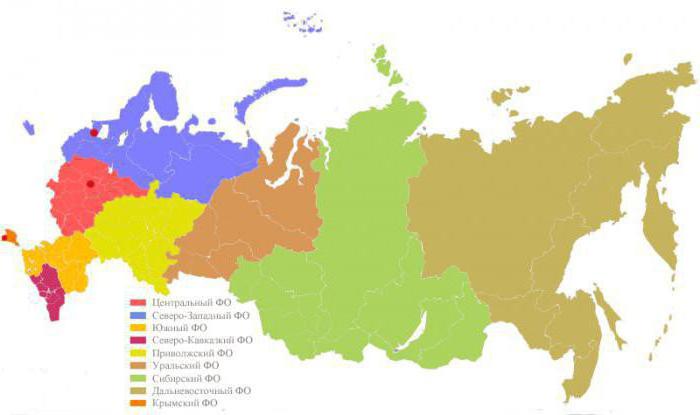
There are nine federal districts in Russia. The largest of them by territory is the Far East, and by the population - Central, whose main city is Moscow. The central cities of other districts, as a rule, are also the largest settlements of these regional associations.
Military districts
In the same way as federal districts with economic regions, military districts are considered part of the territorial division of Russia. They are an actual union of specific military units located in a certain territory. The division into districts was adopted for more convenient interaction between them on various issues, including the supply and appeal of the population to the army. Also, this structuring should provide a more reliable defense of the regions of Russia in case of invasion of enemy troops on the territory of the country.
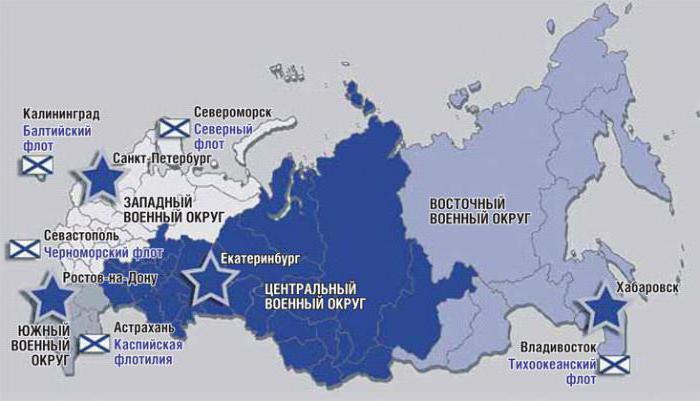
Currently (since 2010) there are four military districts: Southern, Eastern, Western and Central. But it was not always so. In 1991, there were nine of them, but gradually their numbers decreased through the enlargement of districts. This helps to optimize the distribution of military resources, as well as reducing costs for the administrative apparatus of the country's military forces.
General conclusions
As you can see, the socio-political structure of Russia is quite complicated and has a multi-level character. But this is not surprising, because the structure of the largest state in the world, taking into account the interests of all nationalities, public associations and religious communities living in it, by definition cannot be simple.
Nevertheless, there remains a fairly vast scope for improvement. We can already say that the current structuring is more effective than the political structure of Russia in the 20th century, when the USSR just collapsed.But much remains to be done in order to at least bring the level of public administration to optimal levels. This task is only possible in the case of joint actions of the authorities and citizens of the country who elect them. Only this can guarantee positive changes in this direction.








